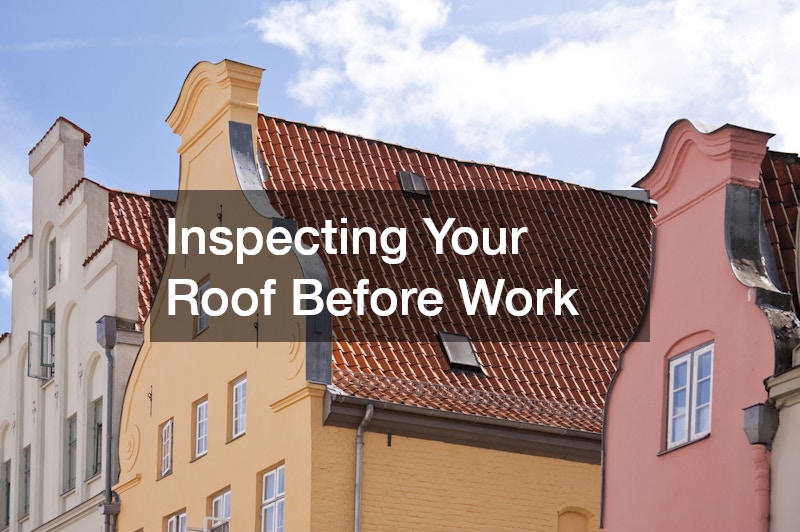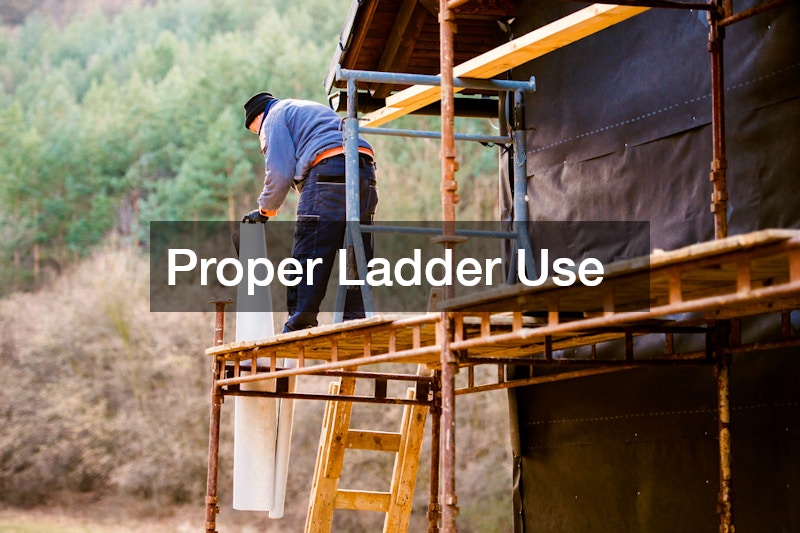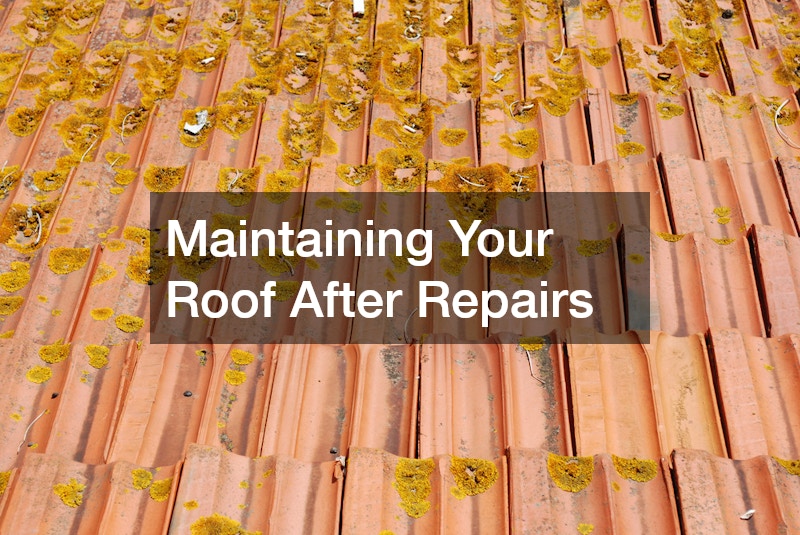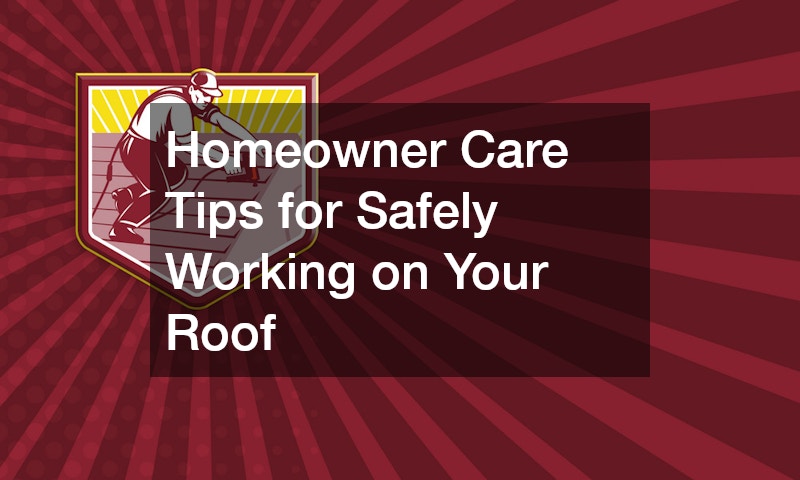
When it comes to maintaining your home, one of the most critical aspects is ensuring the safety of your roof. Whether you need to repair a leak, replace damaged shingles, or just perform routine maintenance, it’s essential to understand the risks involved in DIY roof work. This guide will walk you through the steps to assess your skill level, prepare for the job safely, and know when to call in professional help.
Understanding the Risks

Before you embark on any DIY roofing project, it’s crucial to be aware of the potential risks involved. While tackling small repairs can save you money, working on your roof without proper knowledge and safety precautions can lead to accidents and even more extensive damage. Hiring a local roofing contractor may be a safer option if you’re uncertain about your abilities.
Homeowner care is essential when it comes to roof repair. Familiarize yourself with the layout of your roof, including areas that may be weak or prone to leaks. Take the time to inspect your roof regularly and address any issues promptly to prevent further damage.
By understanding the risks associated with DIY roof repair and taking necessary precautions, you can ensure the safety of yourself and your home. Don’t hesitate to seek professional help if you’re unsure about the scope of the project or feel overwhelmed by the task at hand.
Assessing Your Skill Level
Before you start any roof repair project, it’s essential to assess your own skill level and comfort with the task at hand. While some minor repairs can be done by the average homeowner, more complex issues may require the expertise of a professional roof repair service. Be honest with yourself about what you can handle to avoid putting yourself at risk.
Homeowner care involves knowing when to tackle a project yourself and when to seek help. If you’re unsure about the extent of the damage or the best way to repair it, don’t hesitate to contact a local residential roofer for guidance. Remember that your safety should always be the top priority.
By accurately assessing your skill level and being realistic about what you can accomplish, you can avoid unnecessary risks and ensure a successful roof repair project. Don’t be afraid to ask for help if you’re uncertain – it’s better to be safe than sorry.
Essential Safety Gear
When it comes to DIY roof repair, having the right safety gear is non-negotiable. Before you even think about stepping foot on your roof, make sure you have the proper equipment to protect yourself from potential hazards. Local roofers recommend investing in a sturdy pair of work boots, a hard hat, safety glasses, and gloves to minimize the risk of injury.
Homeowner care extends to ensuring you have the appropriate safety gear before starting any roofing project. Don’t underestimate the importance of protecting yourself from falls, flying debris, and other dangers that come with working at heights. Taking the time to gear up properly can make all the difference in staying safe during your repair.
By investing in essential safety gear and making sure you’re properly equipped, you can significantly reduce the risk of accidents while working on your roof. Remember that your safety should always come first, no matter how minor the repair may seem.
Inspecting Your Roof Before Work

Prior to starting any repair work on your roof, it’s crucial to conduct a thorough inspection to identify the extent of the damage. Hiring roofing companies to do an assessment can provide valuable insights into the condition of your roof and the necessary repairs. By understanding the scope of the project upfront, you can plan accordingly and avoid any surprises along the way.
Homeowner care involves taking the time to inspect your roof regularly and address any issues promptly. Look for missing or damaged shingles, signs of water damage, and other red flags that may indicate a problem. Identifying and fixing issues early can prevent more extensive damage and save you money in the long run.
By conducting a detailed inspection of your roof before starting any repair work, you can ensure that you’re fully prepared for the task at hand. Don’t overlook this crucial step – it can make a significant difference in the success of your DIY project.
Checking Weather Conditions
Another essential factor to consider before embarking on a roof repair project is the weather conditions. Roofing service experts recommend working on a dry, calm day to minimize the risk of accidents and ensure the quality of your repairs. Avoiding extreme temperatures, high winds, and precipitation can help you complete the job safely and effectively.
Homeowner care involves keeping a close eye on the weather forecast and planning your repair work accordingly. Don’t underestimate the impact that adverse weather conditions can have on the safety and success of your project. If the weather doesn’t cooperate, it’s better to postpone the job than risk injury or poor results.
By checking the weather conditions and choosing the right time to work on your roof, you can enhance the safety and quality of your repairs. Remember that patience is key when it comes to DIY projects – waiting for the perfect conditions can make all the difference in the outcome.
Creating a Safe Work Environment
Before you start any roof installation or repair project, it’s essential to create a safe work environment that minimizes the risk of accidents. Local roofing contractors recommend clearing the area around your home of any obstacles or hazards that could pose a danger during the repair. Keep children and pets away from the work site to prevent distractions and ensure your focus remains on the task at hand.
Homeowner care involves taking steps to secure your work environment and prevent accidents before they happen. Use caution tape or barriers to mark off the work area and inform others of the potential dangers. By setting clear boundaries and being mindful of your surroundings, you can reduce the risk of injuries and complications.
By creating a safe work environment and implementing necessary precautions, you can ensure the success and safety of your DIY roof repair project. Don’t overlook the importance of setting up for success – taking the time to prepare can make a significant difference in the outcome of your repairs.
Proper Ladder Use

When it comes to working on your roof, proper ladder use is essential for your safety. Whether you’re inspecting your roof, replacing shingles, or performing any other repair work, make sure to set up your ladder securely on level ground. Local roofers recommend using a ladder with anti-slip feet and ensuring it extends at least three feet above the eaves for easy access.
Homeowner care means taking the time to familiarize yourself with ladder safety guidelines and best practices before starting any flat roofing repair project. Always face the ladder while climbing and descending, and never overload it with tools or materials. By following proper ladder use protocols, you can significantly reduce the risk of falls and injuries.
By prioritizing proper ladder use and adhering to safety guidelines, you can enhance the safety and success of your DIY roof repair project. Remember that one misstep on a ladder can lead to serious consequences, so don’t take any shortcuts when it comes to your safety.
Using Tools Safely
Another crucial aspect of DIY roof repair is using tools safely and efficiently. Whether you’re using a hammer, a nail gun, or any other equipment, make sure you’re familiar with its proper operation and safety precautions. Local residential roofers recommend wearing appropriate eye protection, gloves, and other gear to prevent injuries during the repair process.
Homeowner care extends to ensuring that you’re using tools correctly and responsibly when working on your roof. Take the time to read the manufacturer’s instructions and guidelines for each tool you use, and never operate equipment if you’re unsure of how to do so safely. By prioritizing tool safety, you can avoid accidents and achieve better results in your repairs.
By being mindful of tool safety and following best practices, you can protect yourself and others from potential accidents while working on your roof. Don’t underestimate the importance of using tools correctly – it can make a significant difference in the outcome of your DIY project.
Working With a Partner
When tackling a roof repair project, having a partner to assist you can make the process safer and more manageable. Whether you need help carrying materials, holding a ladder, or simply offering moral support, working with a partner can enhance the success of your DIY project. Consider enlisting a friend, family member, or neighbor to lend a hand and provide an extra set of eyes on the job.
Homeowner care involves recognizing when you can benefit from working with a partner and reaching out for assistance when needed. Having someone to help you navigate the challenges of a roof repair project can make the task less daunting and more enjoyable. Sharing responsibilities can also lighten the physical load, making it easier to complete the job efficiently.
By teaming up with a partner and sharing the workload, you can achieve better results and enhance the safety of your DIY roof repair project. Remember that two heads are often better than one when it comes to home improvement tasks—don’t be afraid to ask for support when you need it. Embracing collaboration can lead to new ideas and techniques, ultimately improving the quality of your work and fostering a sense of accomplishment.
Knowing When to Call a Professional
While DIY roof repair can be rewarding, there are times when it’s best to leave the job to the professionals. If you encounter issues that are beyond your skill level, such as extensive damage, structural problems, or complex repairs, don’t hesitate to contact a professional roofer for assistance. The safety of your home and your family should always come first.
Homeowner care means knowing when to admit your limitations and seek help from experts. Professional roofers have the knowledge, experience, and tools to handle even the most challenging repair tasks safely and efficiently. If you’re unsure about the scope of the project or feel overwhelmed by the work involved, don’t hesitate to call in the pros.
By recognizing when to call a professional and entrusting your roof repair to a custom roofing company, you can avoid compromising the safety and integrity of your home. Don’t take unnecessary risks or attempt repairs beyond your capabilities – investing in professional help can save you time, money, and stress in the long run.
Maintaining Your Roof After Repairs

Once you’ve completed your DIY roof repair project, it’s essential to continue caring for your roof to prevent future issues. Regular maintenance, such as cleaning gutters, clearing debris, and inspecting for damage, can help prolong the lifespan of your roof and reduce the need for repairs. Make homeowner care a priority by staying vigilant and proactive about maintaining your roof year-round.
Regularly checking for signs of wear, such as loose shingles or leaks, is crucial for early detection of potential problems. Consider scheduling seasonal inspections, especially after heavy storms or severe weather, to assess your roof’s condition. Documenting any changes you notice can help you keep track of its health over time and assist professionals if repairs are needed.
Additionally, consider the impact of your roof on your home’s energy efficiency. Proper insulation and ventilation can prevent heat buildup and reduce energy costs. Look into energy-efficient materials and systems that can enhance your roof’s performance. By integrating these practices into your maintenance routine, you can ensure your roof remains a strong and protective barrier for your home.
DIY roof repair can be a fulfilling and cost-effective way to maintain your home – as long as you prioritize safety and homeowner care. By understanding the risks, assessing your skill level, and following best practices for preparing and executing repairs, you can tackle your roofing projects with confidence. Remember to use essential safety gear, work with a partner when needed, and know when to call in a professional for assistance. By taking these precautions and staying vigilant about maintaining your roof, you can ensure the safety and longevity of your home for years to come.
